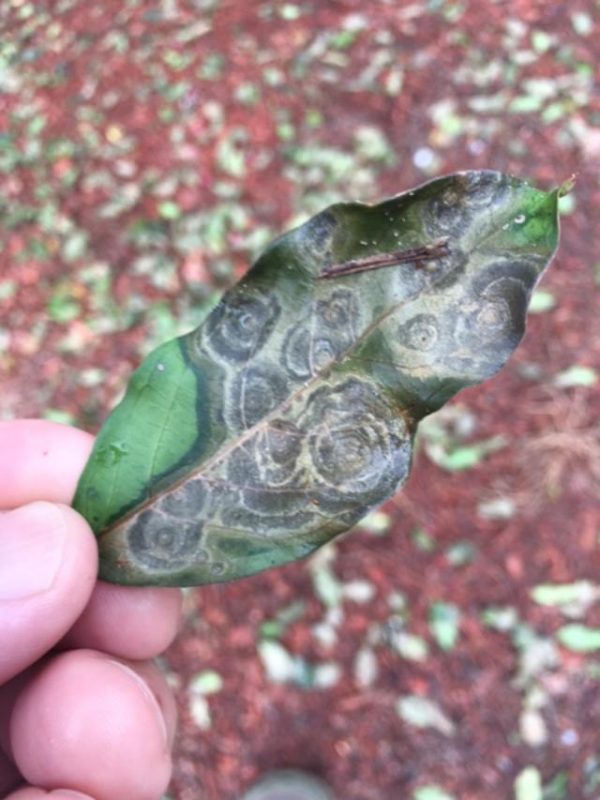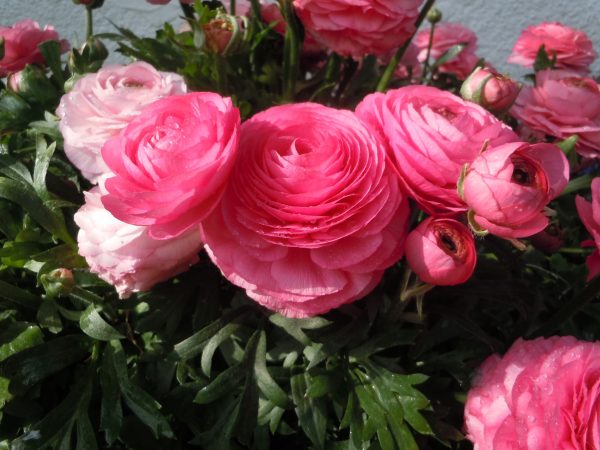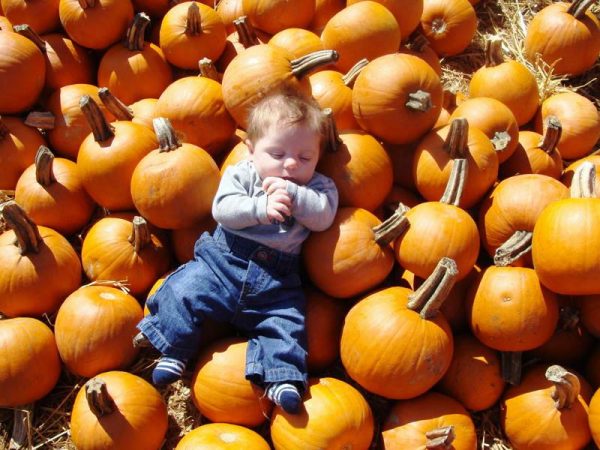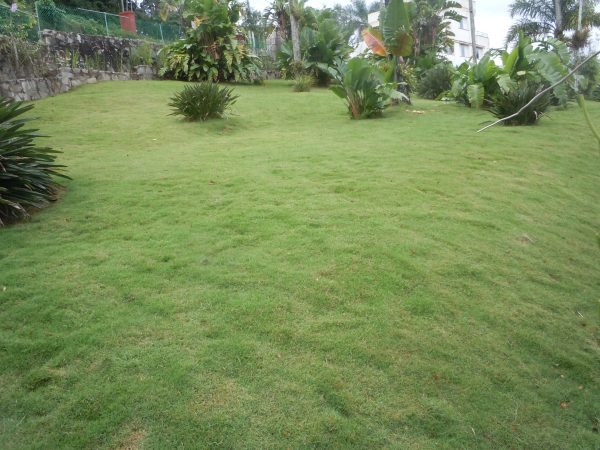Basil
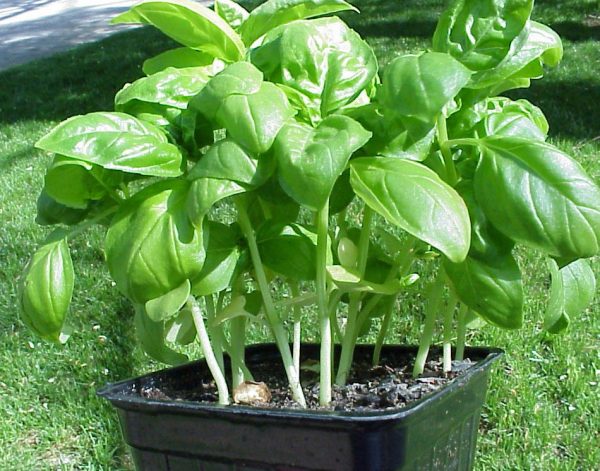
Ocimum basilicum
A very familiar and popular herb, Basil is the basis for pesto. Many cooks consider Basil the premier culinary herb. Every gardener needs at least 1 Basil plant to have the fresh leaves to toss into casseroles, sauces and salads or to add to eggs, fish, pizza, spaghetti and tacos.
• More detailed information can be found in The Georgia Fruit & Vegetable Book
by Walter Reeves and Felder Rushing
• See also Home Garden Basil
WHEN TO PLANT
Basil will not tolerate cold weather. At temperatures below 50 degrees Fahrenheit, it suffers injury that looks similar to frost damage. Sow seeds indoors under lights about 2 months before the latest date of last frost. After the soil has warmed, move started plants into the garden. Unless you are a real fan of Italian cooking, it is cheaper and easier to set out seedling plants obtained from a garden center or mail-order nursery. Many times the seedlings in a 3 inch nursery pot can be carefully separated to give you a dozen plants from one purchased pot.
WHERE TO PLANT
Plant Basil in a full-sun location (8 to 10 hours is plenty) that has well-drained soil.
HOW TO PLANT
Prepare the soil. For direct seeding, sow seeds in warm soil in hills 12 inches apart, then thin seedlings to 1 plant per hill when the seedlings are big enough to handle. Growing from seed may get the plants off to a slower start than you want. If you use transplants, set them in the garden on a 12-by-12-inch spacing. Two to six plants are usually more than enough for a family.
CARE AND MAINTENANCE
When the plants are 6 inches tall and vigorously growing, pinch out the growing tips to stimulate branching. Basil plants cannot stand wilting, so be sure to apply water to keep the soil evenly moist. They need about 1 inch of water per week. Pests such as aphids and mites can infest Basil. Pinch off affected shoots or spray them with insecticidal soap. After harvesting, be sure to wash off the soap.
ADDITIONAL INFORMATION
Harvest sprigs as needed but before flowers form. Cut each stem with a sharp knife or scissors, leaving 2 leaves on each stem to develop new shoots. You can harvest just the leaves but harvesting the sprigs causes branching and more growth. If flowers have formed, pinch them off and let them regrow. Finish harvesting Basil before the first frost. For winter use, trim the plants back and pot up 1 or 2 plants. Dig small but healthy plants, shake off as much soil as possible and set them in artificial potting soil. Place the pots indoors over the kitchen sink or in another bright, humid place.
VARIETIES
There are many Basil selections and named varieties. Sweet Basil is the best known and most commonly available. Lemon Basil, Ocimum basilicum ‘Citriodorum’, has a fresh lemon flavor. ‘Napolitano’ has large, crinkled leaves. ‘Cinnamon’ provides a cinnamon flavor and fragrance. ‘Dark Opal’ and ‘Purple Ruffles’ have strong flavors and are better for ornamental bedding plants than for eating. ‘Siam Queen’ has a licorice flavor. ‘Minimum’ has small leaves and a compact form. ‘Russian Blue’ is a large plant with purple stems – very attractive to bees and hummingbirds.




